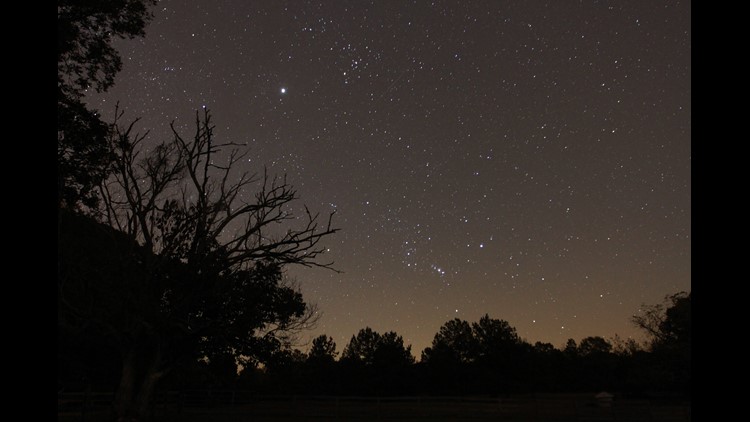Meteor fans: this is one of your nights.
The annual Orionid meteor shower peaks October 20 and 22, 2017, but you could see meteors as early as October 15, and as late as October 29.
You’ll need to rise early or stay up late to catch the show overhead, as the peak observing window is between 2 a.m. and 5 a.m.
If you have an unclouded view of the night sky, preferably away from urban light, you’ll have plenty of chances to see some beautiful streaks of light with your naked eyes.
What are the Orionids?
They’re one of a few major, yearly meteor showers. The Orionids — so named because the meteors appear to radiate out from near the Orion constellation — happen from October to November.
During the peak, viewers in 2017 can expect a “modest” 10-15 meteors per hour.
What causes it?
Meteors are tiny space debris burning up as they hit Earth’s atmosphere. In the case of the Orionids, the debris is made up of particles left behind by Halley’s Comet, which last was in our cosmic neighborhood in 1986. When the comet flies close to the sun every 75 years or so, the sun burns off some of the comet’s surface, so it leaves behind dust and rock.
The Earth runs into the cloud of debris in October and November, resulting in the Orionid showers, and from April to May, for the Eta Aquarid showers.
Where is Halley’s Comet, anyway?
Far away from here. It’s been traveling away from our sun since its 1986 flyby, and it’s projected to come back close enough for us to see it with the naked eye in 2061.



